NFPA 99 Provides Standards for Selecting the Right Type of Fire Extinguishers for Healthcare Facilities
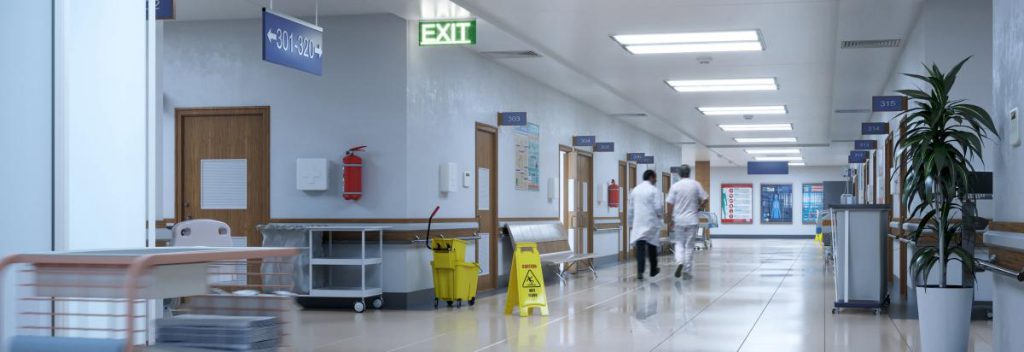
Until 2018, architects specifiers and contractors relied on fairly vague direction for the selection of fire extinguishers in MRI rooms, operating rooms, cooking areas and telecommunications in healthcare facilities.
The International Code Council Committee on Healthcare which includes fire officials, architects, hospital leaders and engineers has adopted the NFPA 99 Healthcare Facilities Code that specifically addresses the electrical, fire and explosion hazards that exist within hospitals and ambulatory surgery facilities. For those using the current version of International Fire Code or International Building Code, both reference NFPA 10 to determine selection, installation and maintenance of portable fire extinguishers. In turn, NFPA 10, section 5.6 “Selection for Specific Locations” references NFPA 99 which is the Healthcare Facilities Code.
What does the 2024 NFPA 99 Healthcare Facilities Code Have to Say About Fire Extinguishers?
NFPA 99 Chapter 16 “Features of Fire Protection” has clarified and coordinated conflicting codes into a single document
that describes requirements for fire extinguishers in specialty spaces.
- Applies to both new and existing health care facilities.
- Provides for existing systems that are not in strict compliance, to continue to be used unless the authority having jurisdiction (AHJ) has determined that there is a hazard to life.
- Specifies fire extinguisher types for MRI rooms, operating rooms, cooking areas and telecommunications rooms.
- Defines “clean agent” fire extinguishers as electrically non-conducting, volatile or gaseous which do not leave a residue upon evaporation.
MRI Rooms:
16.10.1.1.1 Fire extinguishers and associated hardware rated as MR conditional or MR safe
shall be provided in MRI rooms and associated spaces.
Due to the strong magnetic fields in this type of diagnostic equipment, fire extinguishers are required to be constructed of non-ferrous materials, tested and labelled for resistance to those magnets. Medical scanners typically have a magnetic field strength of between 1.5 to 7 Tesla which is the unit of measurement. An example of a rating on an extinguisher is “tested up to 3 Tesla”. In addition, extinguishing chemicals such as ABC dry chemical that could damage or destroy the costly equipment should not be used.
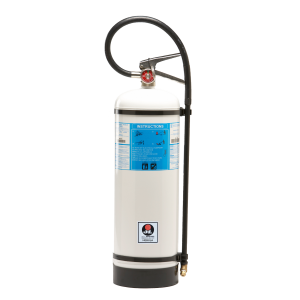
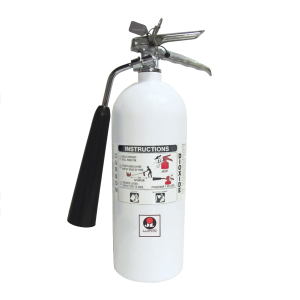
Two types of non-magnetic extinguishers that have been developed are carbon dioxide or water mist. Neither of these leave a residue, are non-conductive, and are effective for use on sensitive electronic equipment.
- Water mist extinguishers for type A and C fires isolate the user from electrical shock because the water is expelled in microdroplets, making it ideal for use on energized electrical equipment.
- Carbon dioxide extinguishers for type B and C fires expel a cloud of gas which displaces the oxygen, and removes heat.
Operating Rooms:
16.10.1.4 Clean agent or water mist-type fire extinguishers shall be provided in operating rooms. Fires occasionally occur in operating rooms, but patient safety is an overriding concern when selecting fire extinguishers. Clean agent extinguishers are specified because they will not contaminate the equipment or patient by leaving a residue. Halotron 1 clean agents are not recommended for operating rooms as exposure may result in central nervous system and cardiac effects.
Two types of extinguishers are considered clean agents, and can be used in operating rooms and telecommunications rooms
- Carbon dioxide extinguishers for type B and C fires expel a cloud of gas which removes the heat and displaces the oxygen that the fire needs to burn. Please note that CO2 extinguishers should not be used on human tissue.
- Water mist extinguishers for class A and C fires extinguish by spraying a non-toxic water mist that removes the heat element of the fire and is non-conductive.
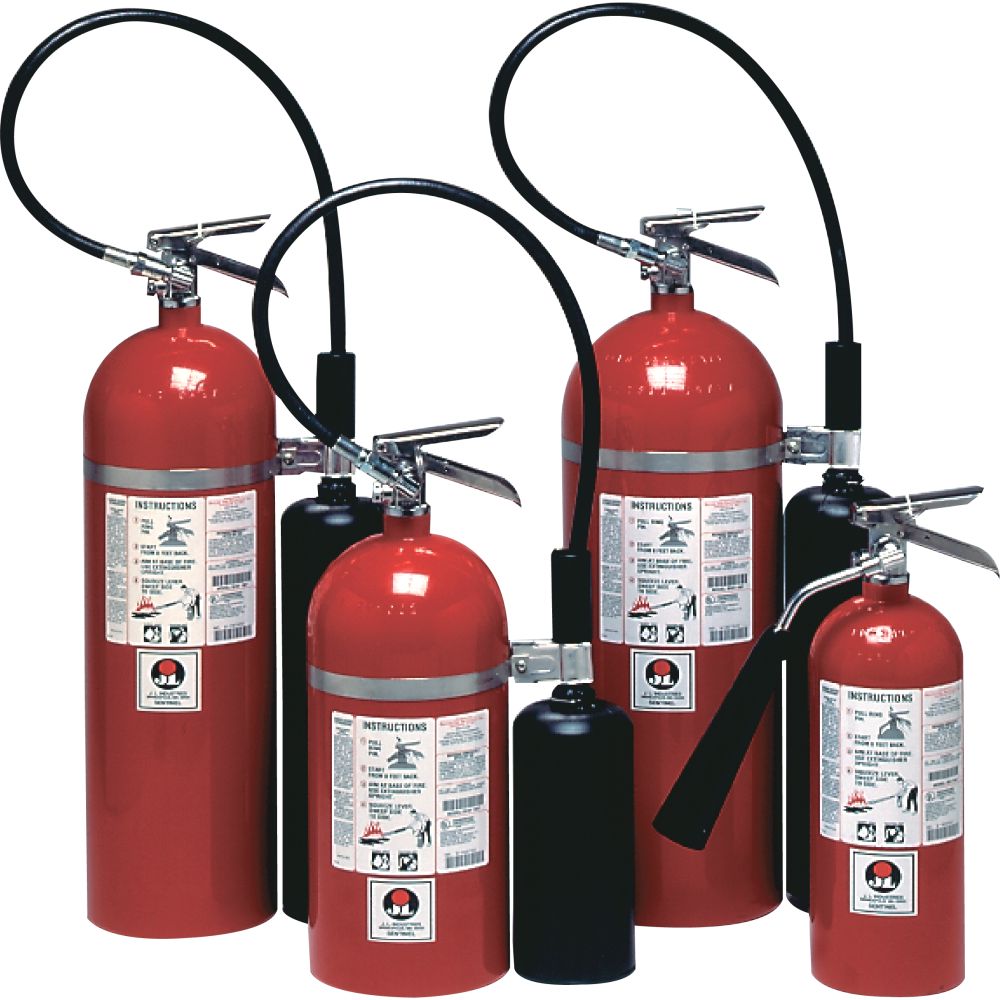
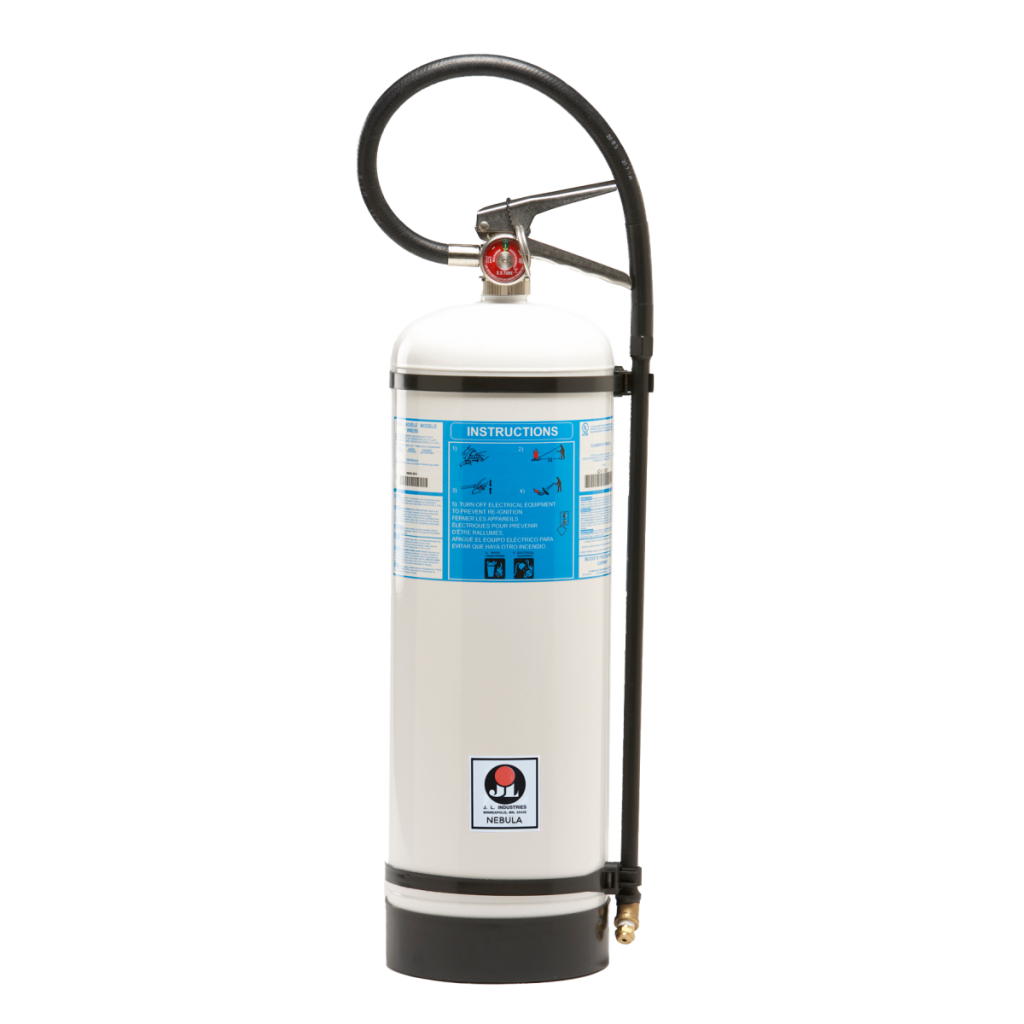
Telecommunication Rooms and Areas:
16.10.1.5 Clean agent-type fire extinguishers shall be provided in telecommunication entrance facilities and telecommunications
equipment rooms.
Clean agent-type fire extinguishers such as Halotron® which leave no residue and are electrically non-conductive, are required
in telecommunication entrance facilities and telecommunication equipment rooms. These areas serve as a central point for computer, and data communications within the building, which could be damaged or destroyed by the chemicals used in a standard dry chemical fire extinguisher. A hand-held extinguisher may be installed, in addition to a permanently installed fire suppression system in these rooms.
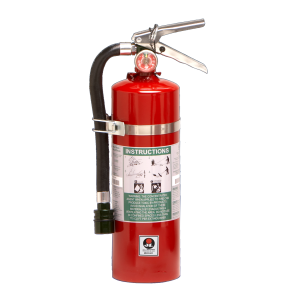
Cooking Areas:
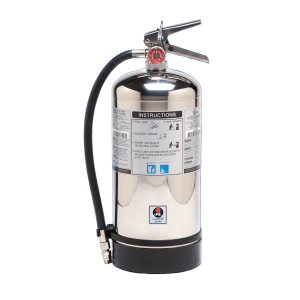
16.10.1.2 Class K fire extinguishers shall be provided for hazards where there is a potential for fire involving combustible cooking media (vegetable or animal oils and fats). NFPA 99 provides the same information as NFPA 10.
Class K extinguishers contain a low “pH” potassium acetate solution that is discharged in a fine mist that provides excellent range while preventing splashing and creating an effective saponification foam-type blanket necessary for suppressing liquid cooking media fires.
What do the IFC and NFPA 10 Say About Fire Extinguishers in General?
IFC Chapter 9 and NFPA 10 Chapter 6 provide general criteria for fire extinguishers in building areas not specifically
addressed in NFPA 99 above.
9.05.7.1 Cabinets shall be identified in an approved manner by a permanently attached sign with letters not less
than 2 inches high in a color that contrasts with the background color, indicating the equipment contained therein.
Exceptions are doors not large enough to accommodate a written sign shall be marked with a permanently
attached pictogram of the equipment; doors that have either an approved visual identification clear glass panel or a
complete glass door panel are not required to be marked.
9.05.7.2 Cabinets shall be unlocked with the exception of; glass panel or other approved transparent frangible
material that is easily broken and allows access; approved locking options; group I-3 occupancies. See below.
906.1-906.10 Defines where portable fire extinguishers are required and what types are needed for various
hazards. Portable fire extinguishers shall be selected, installed and maintained in accordance with this section and
NFPA 10.
906.5 Portable fire extinguishers shall be located in conspicuous locations where they will have ready access and
be immediately available for use. These locations shall be along normal paths of travel unless the fire code official
determines that the hazard posed indicates the need for placement away from the normal paths of travel.
906.6 & 6.1.3.3.1 Portable fire extinguishers shall not be obstructed or obscured from view. In rooms or areas
in which visual obstruction cannot be completely avoided, means shall be provided to indicate the locations of
extinguishers.
906.7 & 6.1.3.4 Hand-held portable fire extinguishers , not housed in cabinets shall be installed on hangers or
brackets supplied. NFPA 10 also notes that listed brackets with straps or bands be supplied by the extinguisher
manufacturer
Locked Cabinets in I-2 and I-3 Institutional Occupancies:
Both codes have provisions when it comes to medical, surgical, psychiatric, nursing or custodial facilities which care for or are occupied by persons who are not capable of self-preservation.
IBC 906.8 & 6.1.3.7 Cabinets used to house portable fire extinguishers shall not be locked except for: fire extinguishers subject to malicious use or damage are provided with a means of ready access; Group I-3 occupancies and in mental health areas in Group I-2 occupancies – access shall be permitted to be locked or to be located in staff locations provided that the staff has keys.
Click here to view the current version of NFPA 99
Click here for information on Activar Construction Products Group fire extinguishers.
